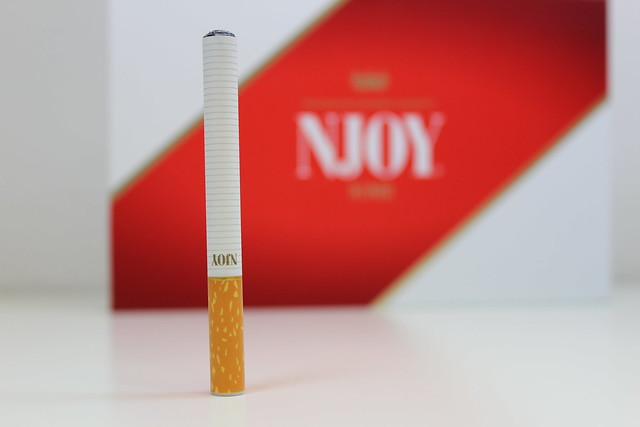The U.S. Centers for Disease Control and Prevention’s (CDC) report on exposure to e-cigarettes has set off alarm bells, hinting at the need for tighter regulations of these devices. The CDC analyzed calls to poison centers and concluded that the liquefied nicotine in e-cigarettes can lead to adverse health effects. Manufacturers, however, have refuted charges that e-cigarettes are an unsafe device.

E-cigarettes are gaining popularity among teens and children. From lindsay-fox.
E-cigs account for large percentage of poison call center calls
Calls to poison control regarding e-cigarette exposure dramatically shot from one in September 2010 to 215 in February 2014. E-cigarette exposure was most commonly reported among children under six (51.1%) followed by those 20 and older(42.0%). Those exposed to liquefied nicotine (in an e-cigarette cartridge) suffered vomiting, nausea, and eye irritation.
Dr. Kevin Chatham-Stephen, who is a pediatrician and an epidemiologist with the CDC and a contributor to the report, explains that even though e-cigs comprise a very small proportion (less than 2%) of all tobacco-related sales, they now account for a large proportion (more than 40%) of poison center calls, ABC news reports.
According to the CDC, “E-cigarettes that are marketed without a therapeutic claim by the product manufacturer are currently not regulated by the Food and Drug Administration,” and in some states there are no regulations regarding its sale to minors either.
The report’s findings are weak, manufacturers say
Jason Healy, president of e-cigarette manufacturer Blu-cigs, claims that the report is “an ongoing attack on the e-cigs industry by various anti-smoking groups” and say its findings are a “weak argument” against the product.
“The product is for adult smokers, and therefore the responsibility for children’s safety falls on the parents, just like bleaches and prescription medications,” Healy says. “The focus should be on parenting and education, and not regulation.”
E-cigarette liquid should be kept out of reach of children and pets. From lindsay-fox.
Declaring its products to be safe, another manufacturer Reynolds American Inc., says that its product Vuse was “specifically designed as a closed system product that … minimizes chances for accidental exposure to e-liquid, battery failure or other potential problems or misuse,” reports the Winston-Salem journal.
Senator Jeff Merkley has highlighted other vital dark spots of the product at a congressional subcommittee meeting. He says it was “embarrassing, disgraceful and is harmful to the children of America” that the FDA had not moved more swiftly to establish regulations on e-cigarettes and other non-smoking products, as well as on the flavor-based marketing by small e-cig producers.”
Even though e-cigarette manufacturers may not necessarily market their products to children, their packaging proves otherwise. E-cigarette cartridges come in flavors like chocolate, caramel, and bubblegum that appeal to children. E-cig liquids also have kid-friendly names, like “Scooby Snacks” and “Gummy Bears.”
The exact impact of the new product, gaining popularity among younger Americans, remains unclear as conceded even by the critical CDC report. The worrisome fact remains that the product actually paves the way to traditional smoking.
However, users have recommended the device as a safer alternative to the established, excessively harmful regular cigarette. “You know that it’s not regulated at all by the FDA when you’re vaporizing these e-liquids and putting them into your lungs but you’re basically looking as if its less harmful than cigarettes,” says James Kendrick, an e-cigarette user. The FDA is currently in the process of bringing e-cigarettes under its governance. Fox News reports, “The FDA’s proposal is currently being examined by the White House’s Office of Management and Budget, which reviews potential regulations to assess their economic impact. OMB, which has been reviewing the proposal for roughly five months, has not said when it will be finished with its assessment.”